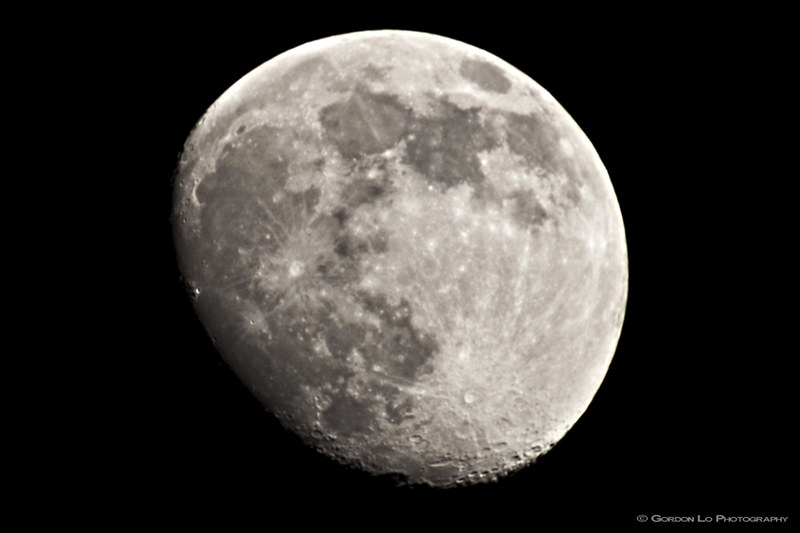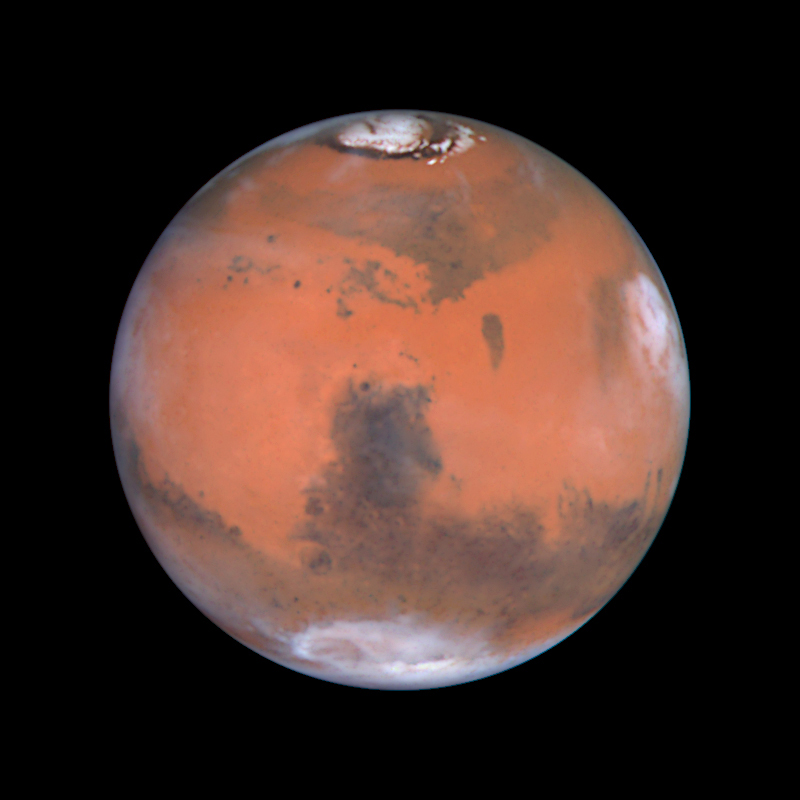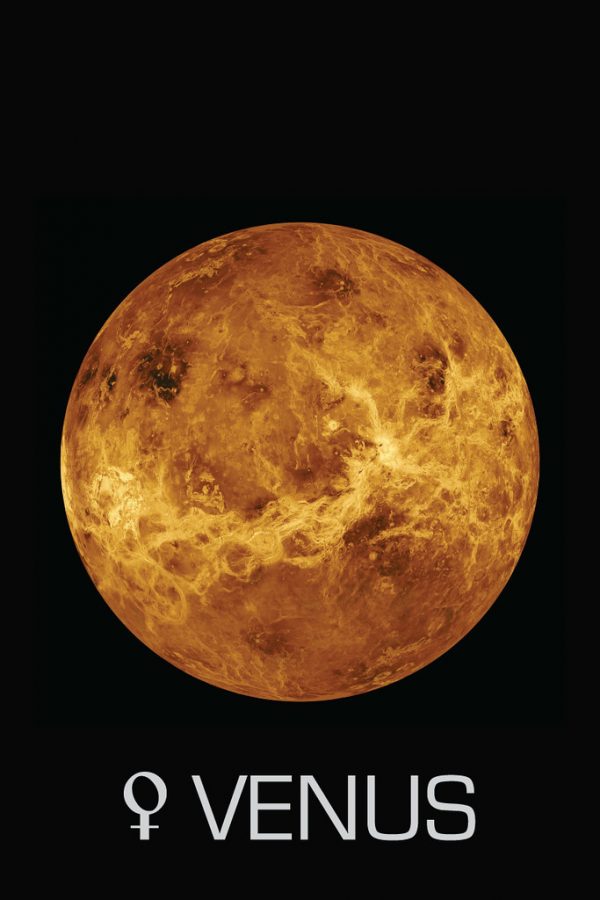According to a new study, there’s a layer of melted silicate at the bottom of Mars’ mantle, which is above its metal core. This contradicts what we thought we knew about the red planet’s interior, which was based on the initial InSight data.
InSight, which arrived on Mars in late 2018, used a seismometer to detect seismic waves produced by quakes and impacts on the surface of the red planet. By studying these waves, researchers were able to determine the size and thickness of Mars’ core, mantle and crust in a set of research papers published in 2021.’
However, the powerful meteorite impact of September 18, 2021 cast doubt on these predictions. An international team led by Henri Samuel of L’institut de physique du Globe de Paris analyzed the propagation times of the waves resulting from this impact and found that they were impacted by a fluid layer at the bottom of the mantle.
The liquid layer is made up of molten silicates and is about 160 million kilometers (95 million miles) thick. It overlays the metallic core and is composed of two parts: a fully molten lower part and a thinner, partially molten upper part. The presence of this layer helps explain why some of the shock waves from the impact of the meteorite were slower than anticipated as they moved through the lower part at a low velocity. It also explains why some of the wave energy from older seismic events was reflected at the upper part of the liquid layer, rather than at the boundary between the core and the mantle.
The presence of the liquid layer also impacts on Mars’ evolution and magnetic field. According to the researchers, Mars underwent an early phase of global melting that left a stable layer of iron and radioactive at the bottom of the mantle. The resulting heat melted some silicate above the core. The molten silicate forms the liquid layer, acting as thermal insulators for the core to prevent cooling and generate a convection-based magnetic field.
RELATED STORIES
https://interestingengineering.com/innovation/160-mile-thick-layer-molten-silicates-mars
https://phys.org/news/2023-10-scientists-molten-layer-martian-core.html
https://headtopics.com/us/scientists-discover-molten-layer-covering-martian-core-47694922
TAKE ACTION























